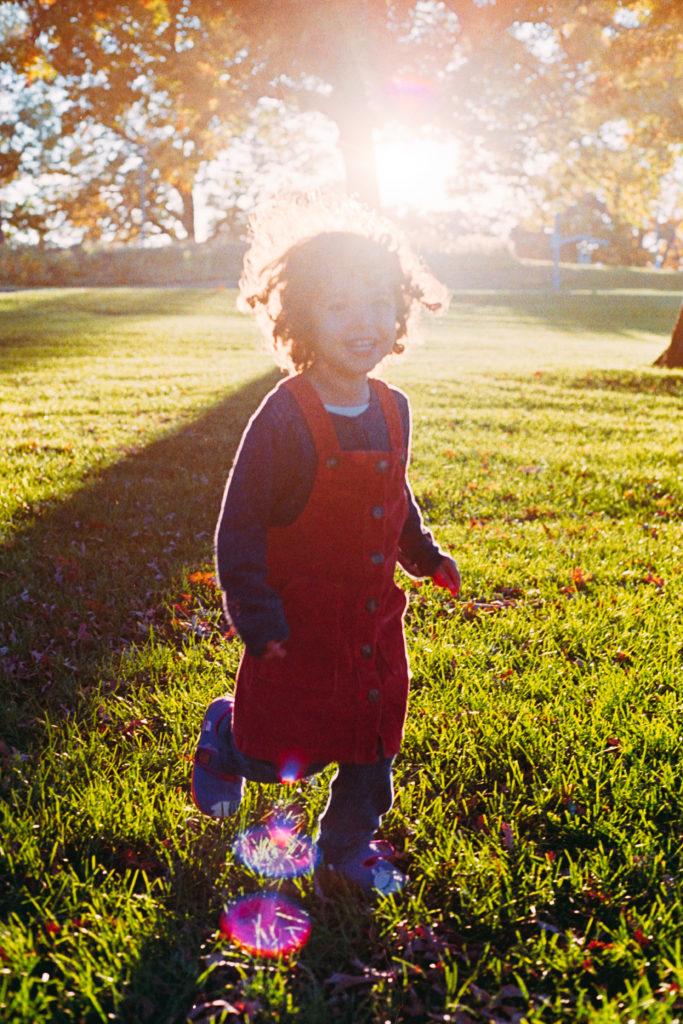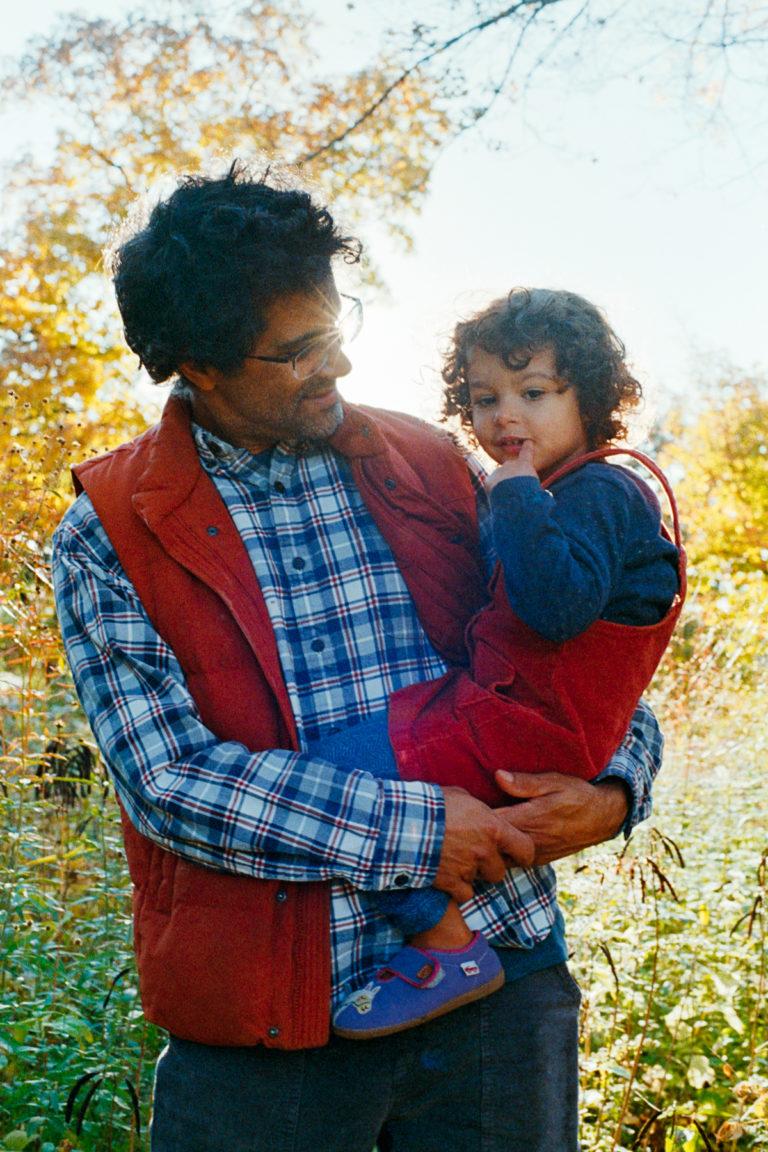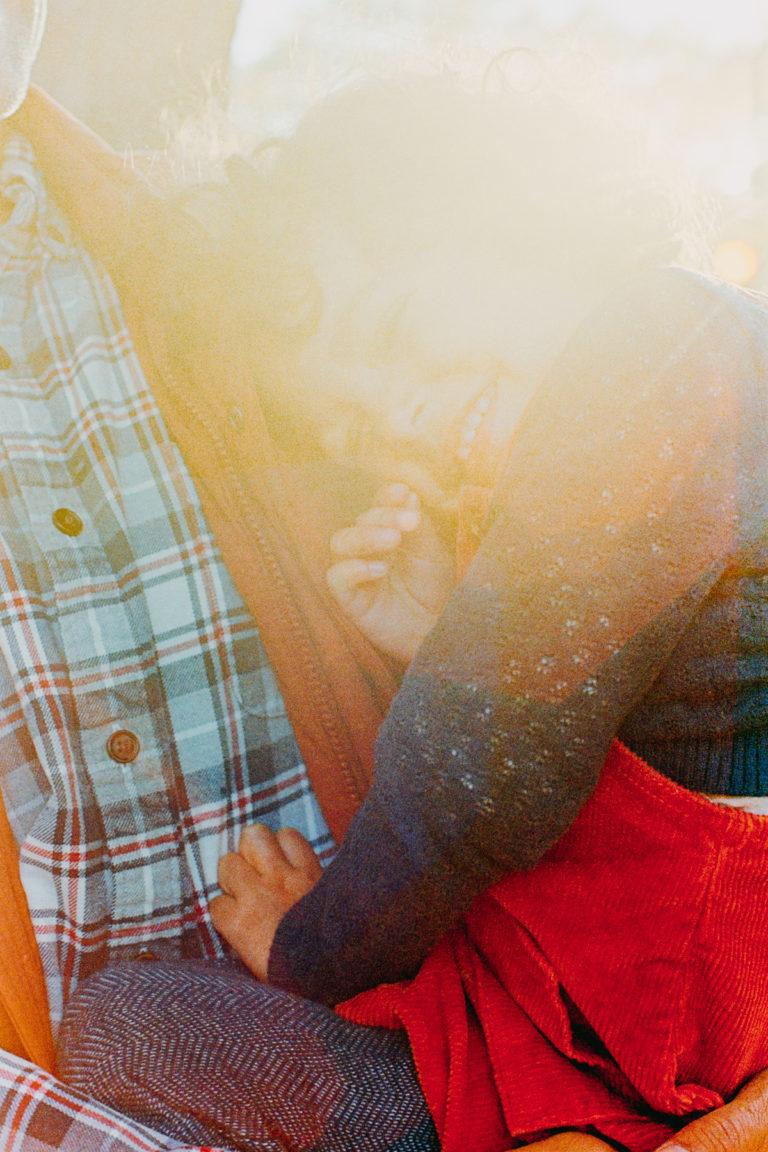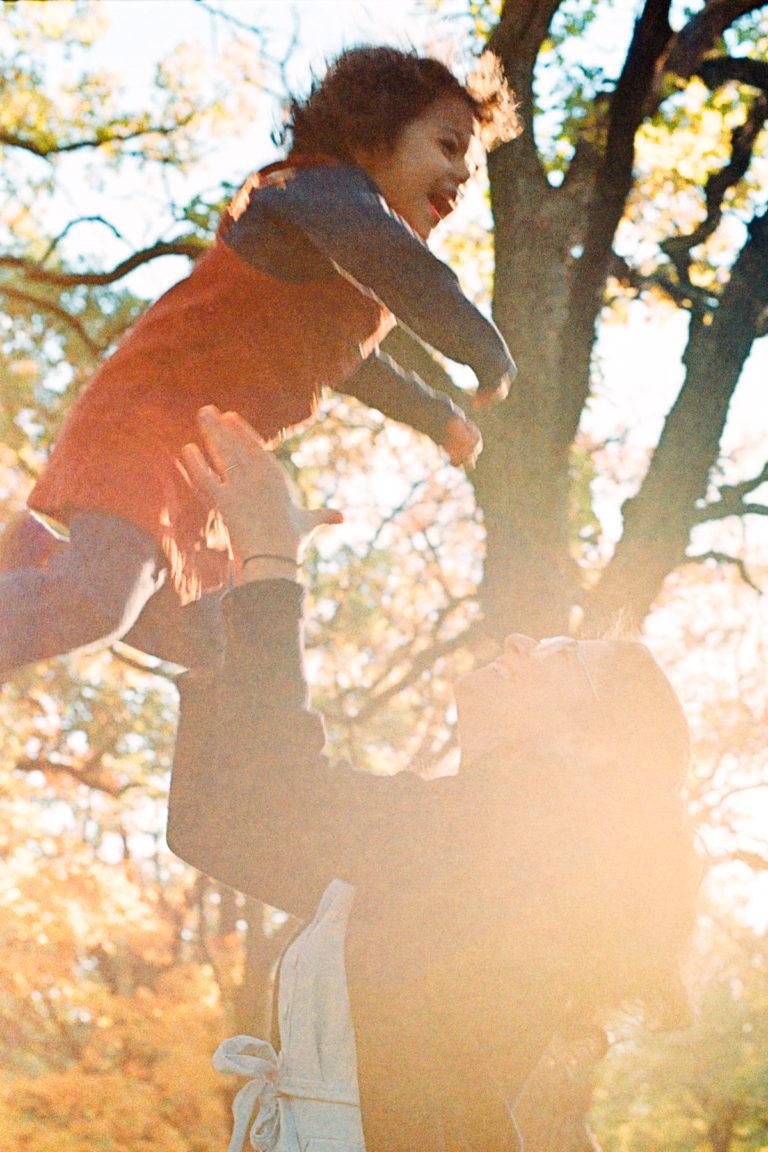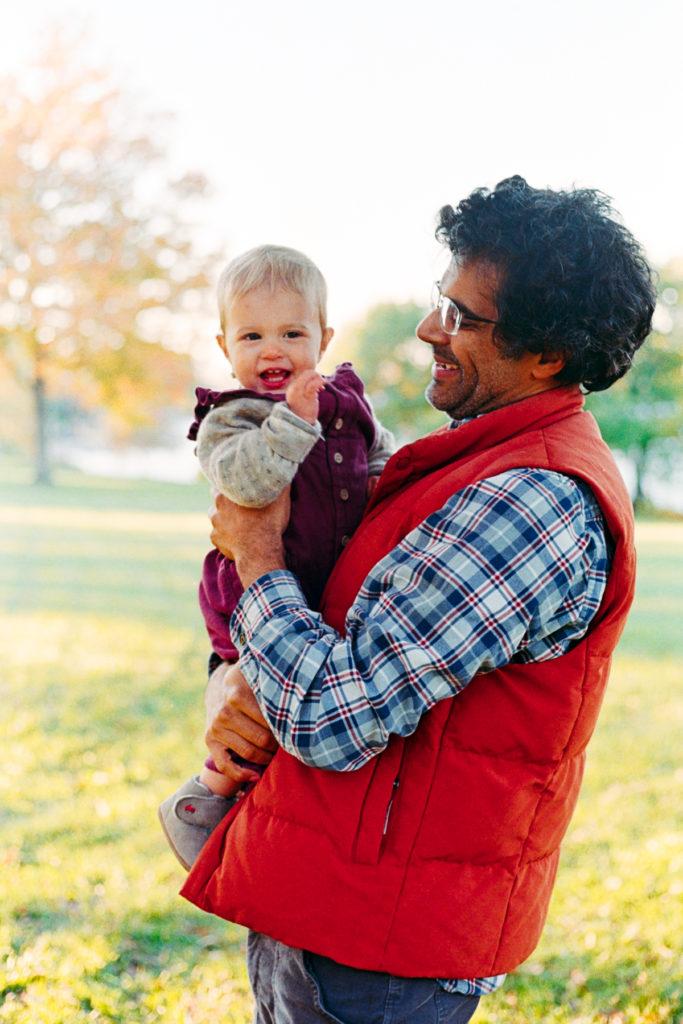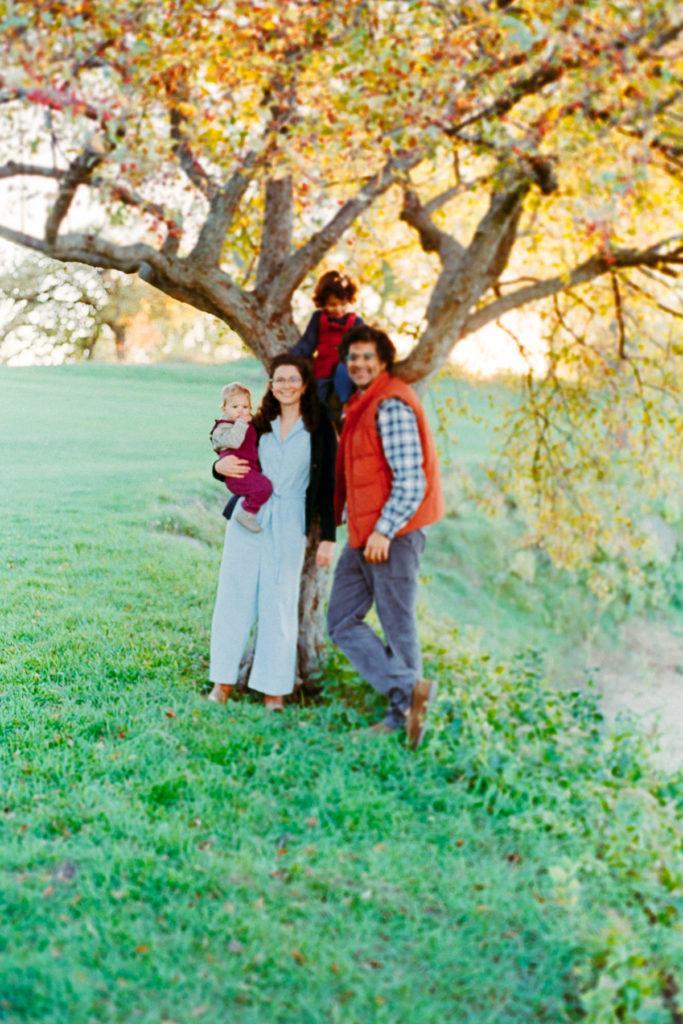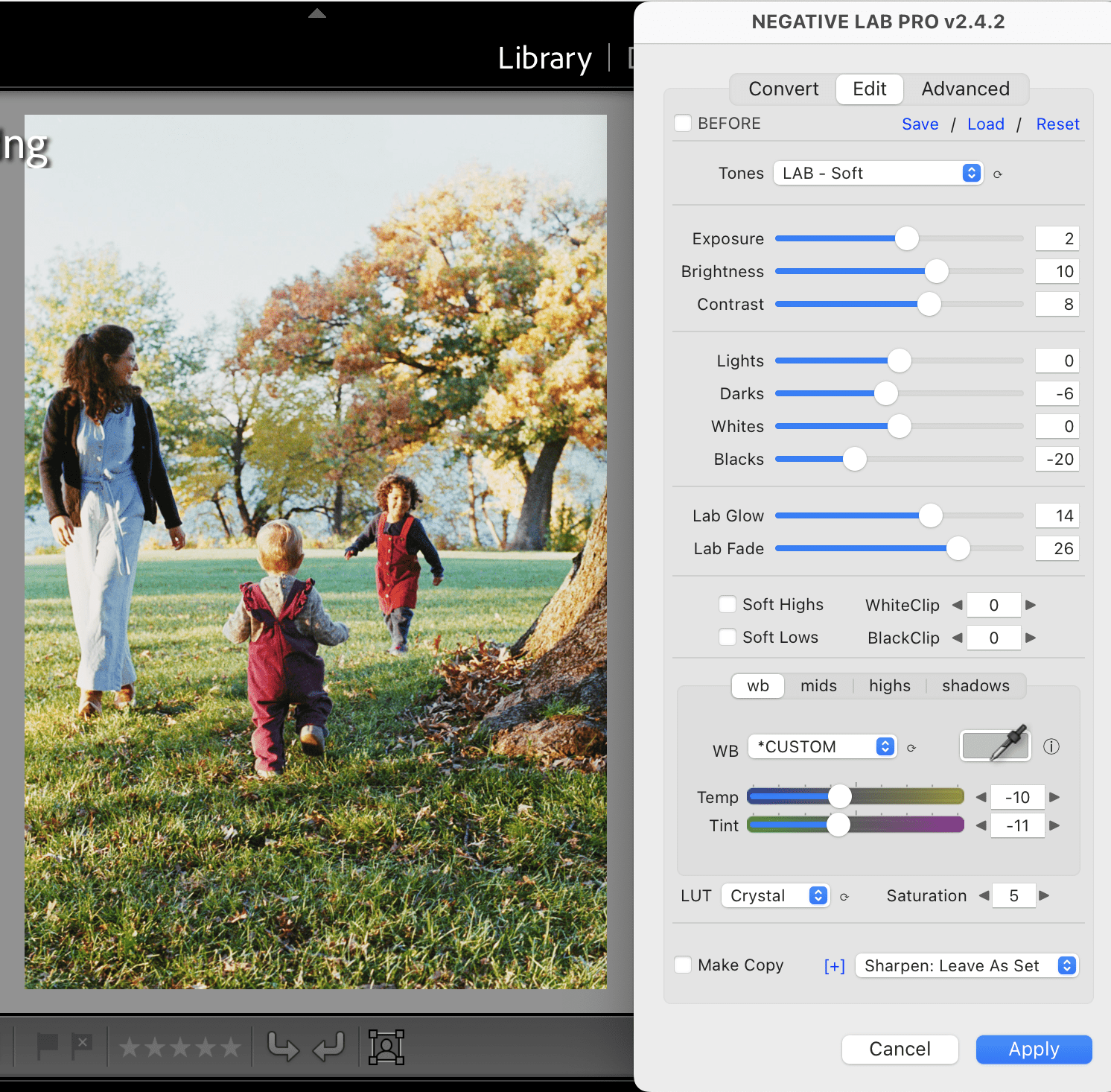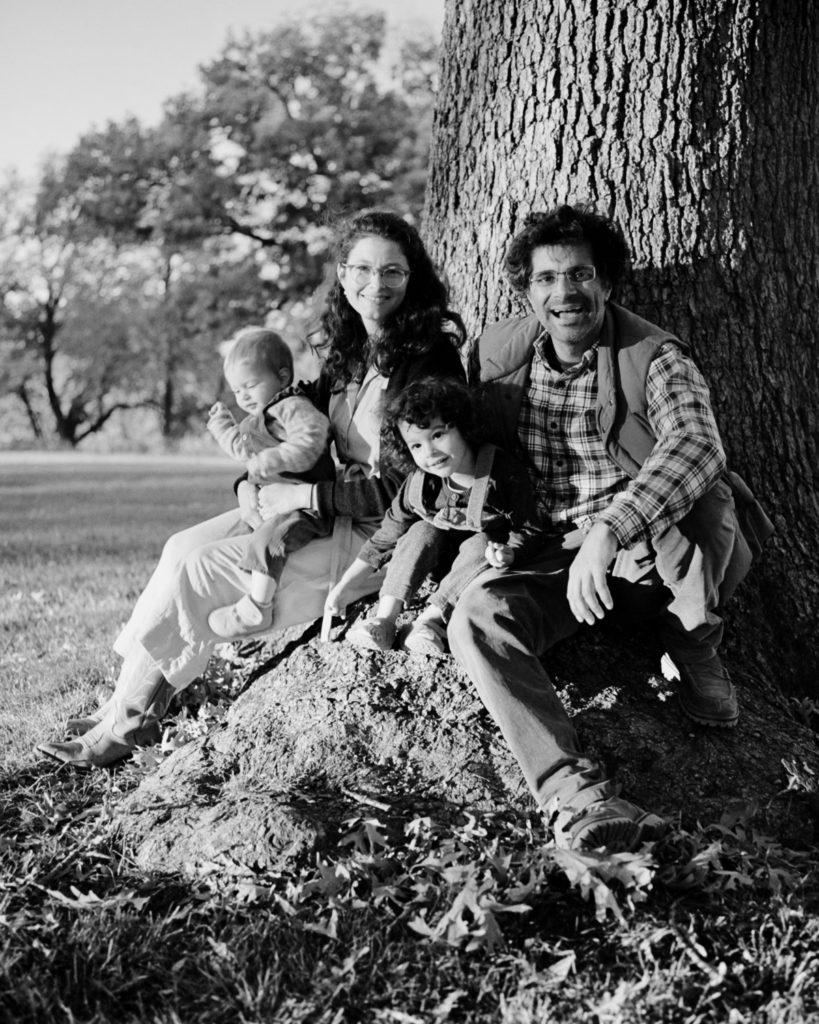This balance of colors, also, makes it render the so-called jewel tones beautifully, especially the warmer ones: saturated, rich, true to life… And you know what season is full of those: autumn, fall, especially October in the Northern hemisphere, when the trees brighten up their foliage and everything is yellow, red, orange, but also still a lot green.
Don’t get me wrong, I also think Gold200 does some of that, and Portra160, exposed at 320 and pushed one stop is fully there, but I was worried the light wouldn’t be consistently bright enough for Gold, and I didn’t have Portra160 at hand – hey, there’s been a film supply shortage in the past year, and I know it got better, but I haven’t restocked.
The truth is that most Kodak films, because of their warmth and rendition of skin tones, are well suited, but I personally find the Portras hard to scan (in fact I suspect Portra lovers mostly rely on lab techs, because when you DYI it, it is tricky), where the Kodak consumer stocks basically scan themselves. Negative Lab Pro just gets them (almost) right away.
Before I move on to the hows, however, I want to add a quick note on Ektar100, because I briefly considered using it. Ektar is beautiful in this season. Fall foliage makes it sing because of its red base and high saturation, and I know it pushes well, so it could have been an option, but with the range of skin tones I was working with, I was worried I would get a red cast on a lot of shots, and that was not the goal at all, I wasn’t trying to make things hard for myself, quite the opposite.

